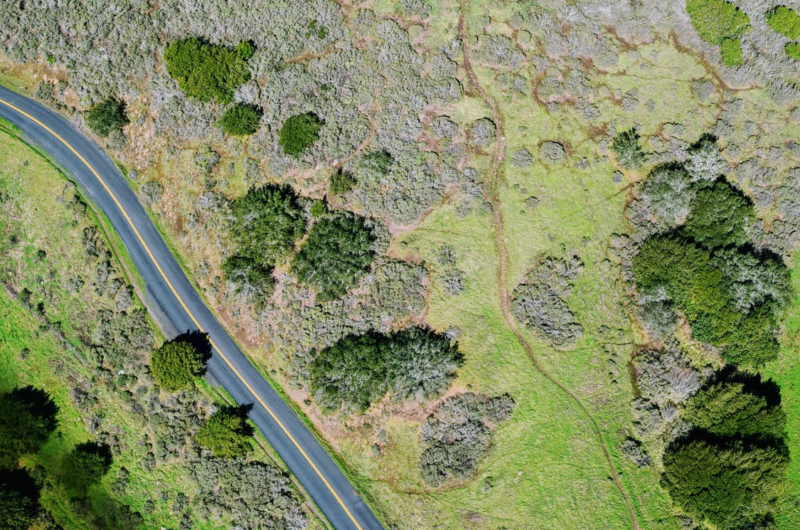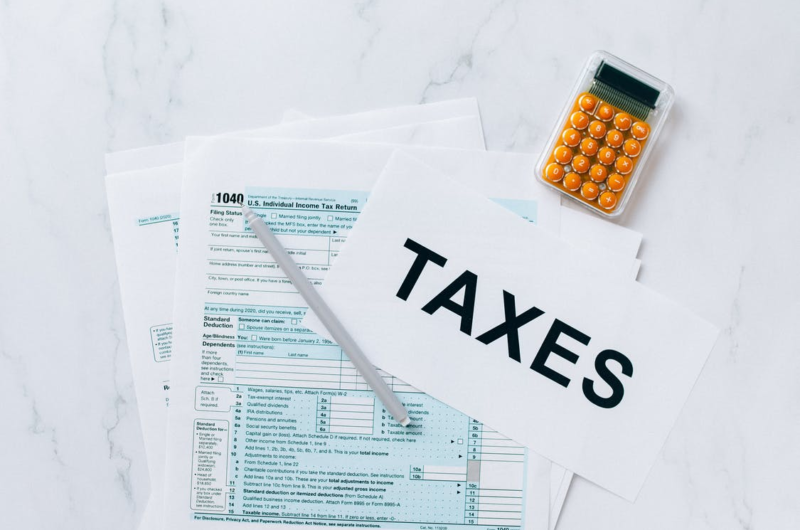One of the most undervalued and misunderstood types of real estate assets worldwide is vacant land. The vast majority of real estate investors utterly miss the advantages of owning land in its undeveloped state. The Kansas City real estate market trends fluctuate from time to time. For many homeowners and real estate brokers, selling a property can be extremely difficult during a slump in the local real estate market.
The numerous issues that are bound to arise with any other type of real estate can be far outweighed by the stability and simplicity that are associated with owning the appropriate piece of land, bought at the right price. Here’s a diligence checklist you can use before buying vacant land.
1. The property’s topography
When assessing a vacant lot, among the first things you should consider is the topography of the land. There are cliffs, ravines, valleys, mountains, and uneven elevations in many locations across the world. The topography of the land may sometimes have a significant influence on a property’s usage.
You need to perform some initial research to figure out where your property is situated as well as where the geography of the land is since you can’t construct a home on a 90 ° cliff.

Using Google Earth with the topographical map from Earth Point (both free) is one of the best methods to accomplish this. Using the address or coordinates, you can search for your property and zoom in using the mouse buttons, keyboard control/command, and shift keys. You may then tilt the globe to see the hills and valleys in your neighborhood.
2. Usage limitations
The majority of the undeveloped property you’ll come across will have some type of usage limitations in place. Regardless of who owns the property, every town in America, including Kansas, has a plan (even if it’s a general one) for how they wish to use various parcels of their land. As a result, you should always anticipate that your property will have some logical restrictions on how you can use it.
3. Accessibility to a sewer system
While it may seem unimportant at first, there’s a test that might make or break a property sale if you intend to construct any form of residence on your plot of land. It’s referred to as a “perc test,” and if you’re investing a significant amount of money in land in a rural location, you’ll need to be sure of this before you invest any funds in it.
Also known as a percolation test, a perc test measures how quickly water percolates through the soil. A perc test is necessary to ascertain whether a septic system, which is the substitute for a sewer, can be established on a property if there is difficult access to the existing sewage system.
4. Public utilities available
A property may not be an excellent candidate for building a residence or other renovations if it lacks access to some or all of these basic public services. Septic systems, propane tanks, solar energy, and well water are some options that may be found if the owner is ready to pay the price, but if these barriers exist, you’ll need to be aware of them before you buy.

5. Zoning
Understanding the potential uses for unoccupied land and their highest and best usage comes first and foremost. The majority of offices can provide you with the answer to this inquiry in just a couple of seconds with a quick phone call to your neighborhood planning and zoning office.
Once you are aware of the zoning designation (such as agricultural, industrial, commercial, or residential), ask them to provide you with samples of the kinds of properties that would be permitted under the zoning of the subject land. They could even inspire you to come up with some new ideas.
You can instantly ascertain whether the land will meet your demands once you are aware of the best usage for it, or the requirements of the people to whom you plan to sell the property in the future.
6. Annual property tax cost
A very high tax burden compared to the real value of the property should be avoided if you want to keep the property for any period of time. Some properties have absurdly high taxes compared to their real value. A decent annual tax bill often ranges between 1% and 4% of the total market value of the property.
Regardless of the circumstances, be sure you are conscious of this expense because you will be obligated to cover it for the duration that you possess the property.

7. Road access
You wouldn’t believe how many properties there are around the globe without a road. They are surrounded by other privately held properties. The property is not legally accessible since there’s no way to get there without invading someone else’s property.
This problem can be solved if you can get a legal easement to the land from one of the nearby neighbors, allowing you to access your own property by passing through theirs. Most of the time, you shouldn’t expect a neighbor to do something for free; instead, you should offer them a reason to assist you, generally in monetary form.
While it’s not an insurmountable problem, you should be aware of it before making a purchase.

If you can fix the easement issue, landlocked properties aren’t necessarily a deal-breaker, but you’ll need to be informed about the problem beforehand, so you may lower your offer somewhat to reflect the property’s restricted usage (or simply walk away from this deal completely).
8. Previous uses of the property
The majority of states have environmental regulations that apply to properties with commercial zoning (i.e., “residential” properties are often exempt from these regulations). Make sure there is no environmental pollution when purchasing vacant land that is designated for commercial development.
The easiest approach to achieving this for the majority of commercial properties is to acquire Phase I Environmental Reports (because it impacts their collateral, many banks will start demanding this.). If there are any RECs (“Recognized Environmental Concerns”) on the property, this report will let you know about them. If you don’t perform any environmental due diligence, you might be held responsible for any environmental damage that exists on the land, which would make it more expensive and difficult to resell the property later on.
A program like Google Earth may be used to see historical satellite pictures of the property to gain a quick overview of what has been happening on (and around) your subject property.
Endnote
Selling idle land can be particularly difficult since buyers of land sometimes acquire it as a second property to their primary residence and don’t live there, which makes owning land less necessary.
Additionally, land doesn’t appreciate as much while the real estate market is growing unless the property is in a region with significant growth. For these reasons, vacant land in rural areas might be particularly difficult to sell. While vacant land may appear to be a straightforward form of real estate, there can be a lot of hidden potential issues. It is crucial that you identify them before you make any purchase.

